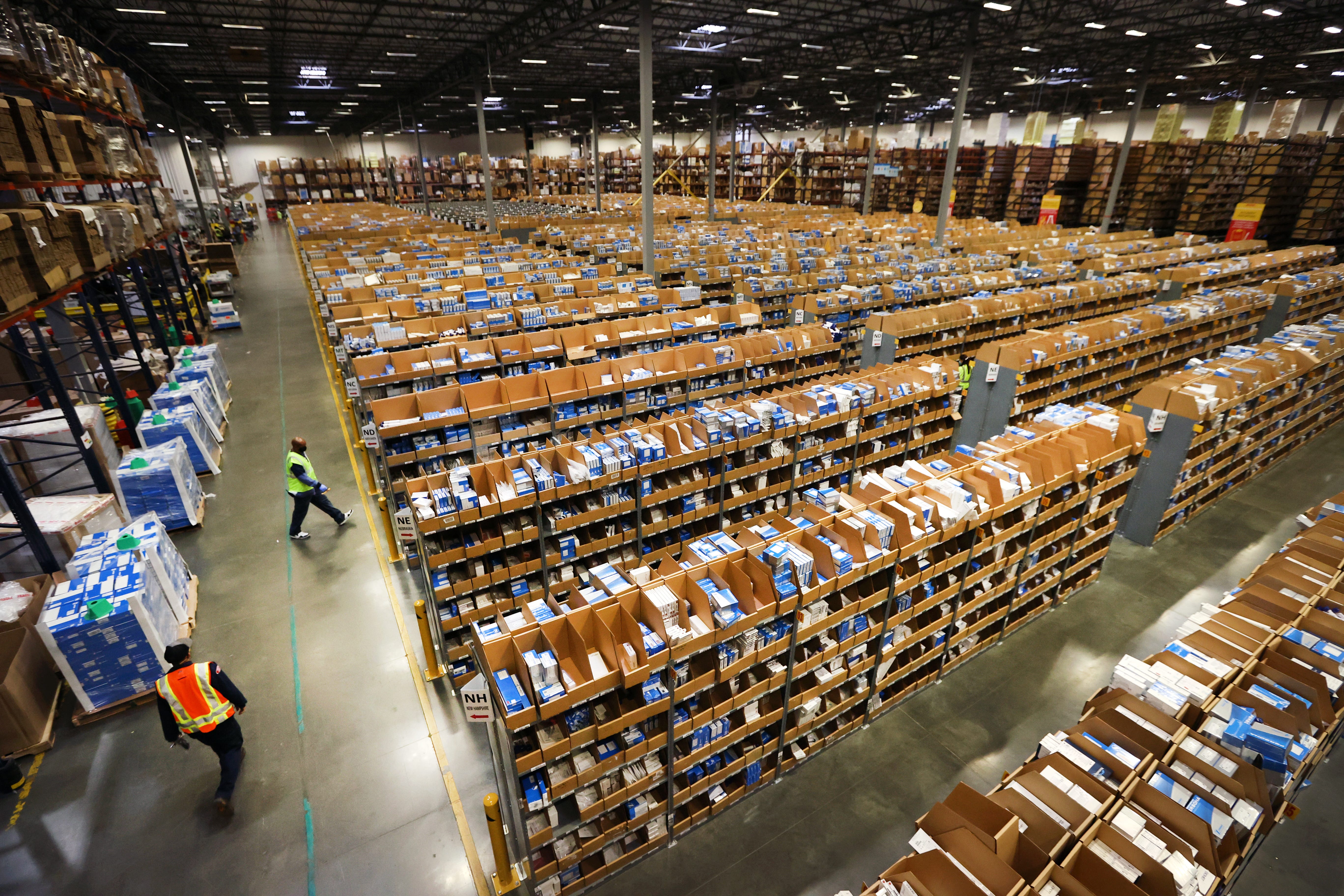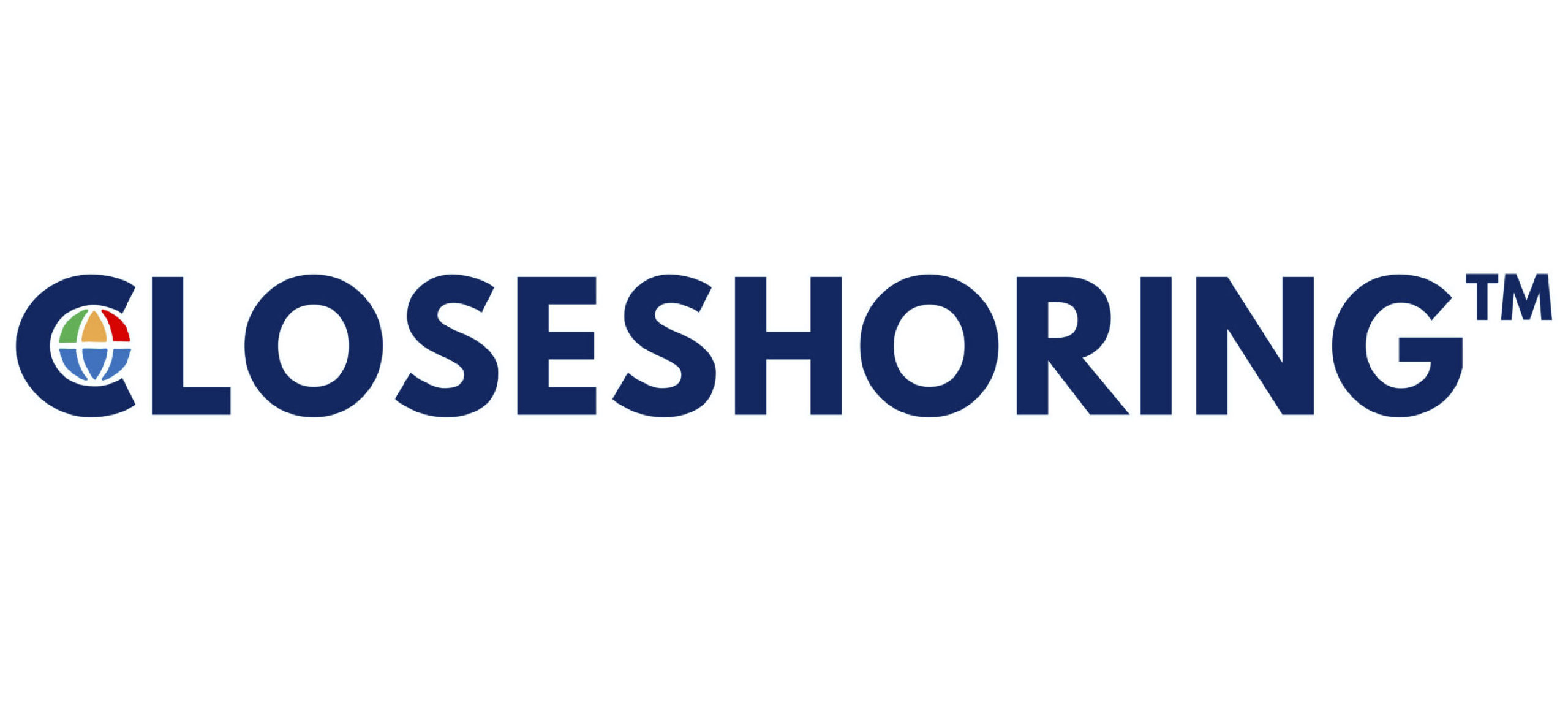
Starting in the 1990’s and accelerating after the inclusion of China in the World Trade Organization in 2001, many companies globalized (offshored) their sourcing and production and embraced lean manufacturing techniques to reduce costs. Globalization has evolved into ‘slowbalization’ due to many unforeseen risks. Offshoring exposed companies to a plethora of supply chain risks, such as extreme weather events, labor disputes, cyberattacks, and supplier disruptions. COVID-19 is not the first epidemic to disrupt supply chains—SARS, measles, swine flu, Ebola, and avian flu all resulted in business interruptions—but none of these epidemics disrupted global trade and domestic supply chains as much as COVID-19.
The leading multinationals have long recognized that managing supply chain risks is necessary for their sustained competitiveness. President-elect Joe Biden has announced a plan to rebuild U.S. supply chains that aims for broad-based resilience as opposed to pure self-sufficiency. Additionally, there have been multiple Senate hearings to examine the integrity and reliability of critical supply chains following the onset of the pandemic.
One potential way to improve supply chains involves public-private partnerships. The SecureAmerica Institute at Texas A&M University is one such a partnership, made up of a network of about 100 partners across several technical domains within the manufacturing base. The program employs a novel interdisciplinary paradigm to build on policy, economics, and supply chain management research and education. https://www.brookings.edu/techstream/how-to-build-more-secure-resilient-next-gen-u-s-supply-chains/
